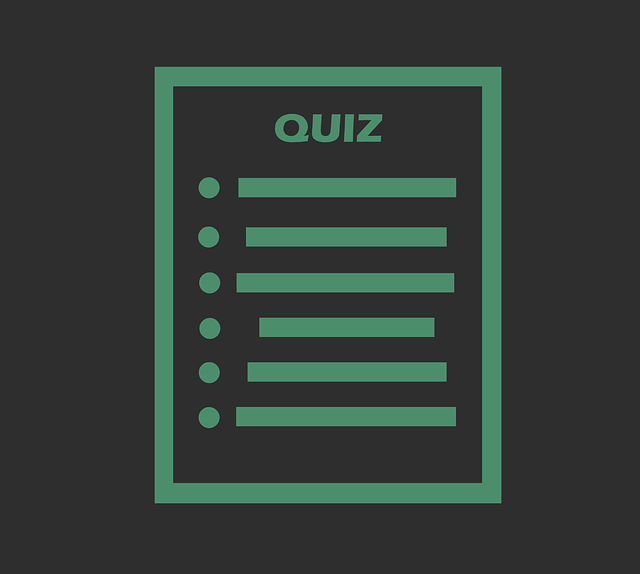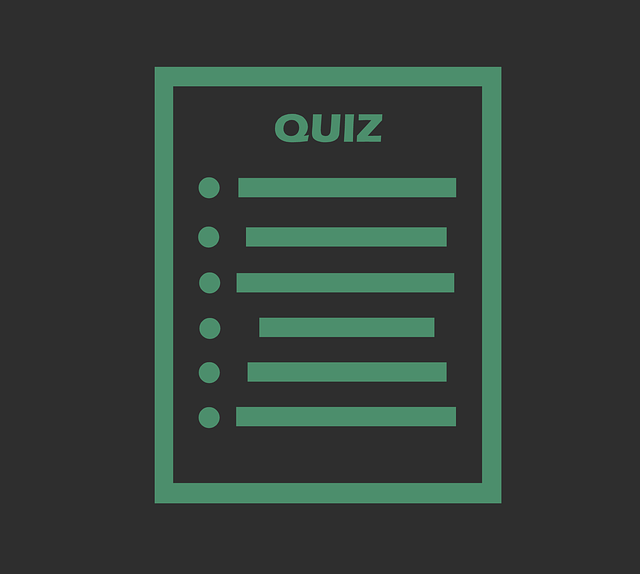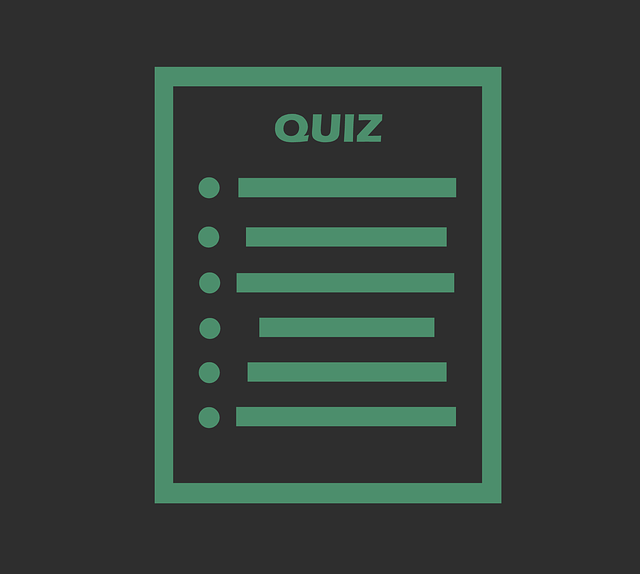In this blog you will find the correct answer of the Coursera quiz Leadership and Emotional Intelligence Coursera Week 4 Quiz mixsaver always try to brings best blogs and best coupon codes
Week 4
Graded Quiz
1. Keerthi has worked very hard on developing an innovative new approach for carrying out a key project. This needs to be approved at a higher management level in the organization, but senior managers have so far given the idea no more than cursory attention. They have reluctantly agreed to Keerthi’s request for a meeting to discuss this matter. But Keerthi has just found out that other agenda items have been subsequently included in that meeting, and so she is likely to get just 10 minutes to present her approach. She feels quite sure that senior managers don’t feel inclined to change the existing methods, and are merely going through a ritual by making a short time allocation. She approaches you in an emotional and demoralized state. You have been her supervisor before. Though you work in a different part of the organization, she comes to you to be coached once in a while. What will you tell her?
- You draw her out so that she can articulate her innovative idea in a clear manner. Your purpose will be to ensure that she does not sound vague in her meeting and does not get misunderstood.
- You agree with her that senior managers are indeed oriented to status quo, and that while she can make efforts, she should not expect results to necessarily flow from those efforts.
- You help her see that she should perceive her role as that of an ace salesperson selling an idea to senior managers. You brainstorm with her some practical steps to do that, so that she approaches the meeting in a calm, optimistic and determined state.
- You point out to her that she may have already lost half the battle by getting demoralized. You point out to her that limiting beliefs and assumptions would be the wrong way of looking at the problem or challenge.
2. As per Lewin’s Force Field Model, the best way for change to happen is to:
- Decrease restraining forces
- Increase driving forces
- Increase restraining forces
- Decrease driving forces
3. Sam had developed the earlier home-grown inventory management system, and was widely regarded as the expert in that area. However, the company has brought in a consultant to introduce a sophisticated new system in the place of old system developed by Sam. Sam feels a loss of status and certainty, and is upset and angry that he was not even consulted. What is the type of resistance triggered here?
- Level 1 or Cognitive Resistance
- Level 2 or Emotional Resistance
- Level 3 or Personally Oriented Resistance
- None of the above
4. In an organization while changing the performance management system, the change leader created understanding of why change was needed in the first place. Key people were taken to another unit which had implemented a similar system so that they could see the advantages of the system first hand. The change leader also addressed the “what’s in it for me” question – there will be greater opportunities for professional training and skill-building. Which phase of Lewin framework is the change leader dealing with?
- Unfreezing
- Changing
- Refreezing
- Consolidating
5. Which phase of the Kotter model do the three steps of “communicating the vision for buy-in”, “empowering broad-based action”, and “generating short-term wins” belong to?
- Creating a climate for change
- Establishing a sense of urgency
- Implementing and sustaining change
- Engaging and enabling the organization
6. A change leader included individuals with: (a) Strong reputation for fairness and objectivity; (b) Right expertise needed for handling the challenge; and (c) Personal and positional power. Which step of the Kotter framework does this action belong to?
- Establishing a sense of urgency
- Generating short-term wins
- Creating a guiding coalition
- Never letting up
7. Which of the following points pertaining to the Kotter’s change framework is wrongly stated?
- The framework serves as pilot’s checklist – it provides a list of items that we should pay attention to, every time we lead a change effort.
- We should get into a change with “have to” mindset.
- We should appeal to head and heart, not just head.
- Change is much more leadership, not just management.
8. Which of the following points relating to “communicating for buy-in” do you DISAGREE with?
- As actions speak louder than words, we have to check if behaviors of key individuals are consistent with what we’re trying to achieve.
- The objections of naysayers have to be effectively dealt with.
- As change evokes anxiety and uncertainty, leaders should commit quality time and attention to informal, honest and empathetic communication.
- Written communication is far more effective than oral communication
9. Which of the following statements will you DISAGREE with?
- When an organization is successful, it is important not to change any aspect
- The vision describes where we want to go; strategy describes how we’ll get there
- A change agent to first deal with the question “why change”, requires helping people look at the organization “outside in”.
- Leading change requires mastery of soft skills.
10. Which of the following statements will you DISAGREE with?
- As change involves multiple stakeholders, an effective leader develops a mental map of where the different stakeholders currently are, and where they should be, in terms of support and resistance
- Rather than adopting a “broadcast” mode of just making presentations, change leader should approach communication from a “brokering” mode to get people to “want” to change
- For successful change, it is important to give complete authority to leaders to carry out change.
- In a social system, since bystanders constitute a large majority, effective leaders proactively reach out to them
Important Links:
- Leadership and Emotional Intelligence Coursera Week 1 Quiz
- Leadership and Emotional Intelligence Coursera Week 2 Quiz
- Leadership and Emotional Intelligence Coursera Week 3 Quiz





